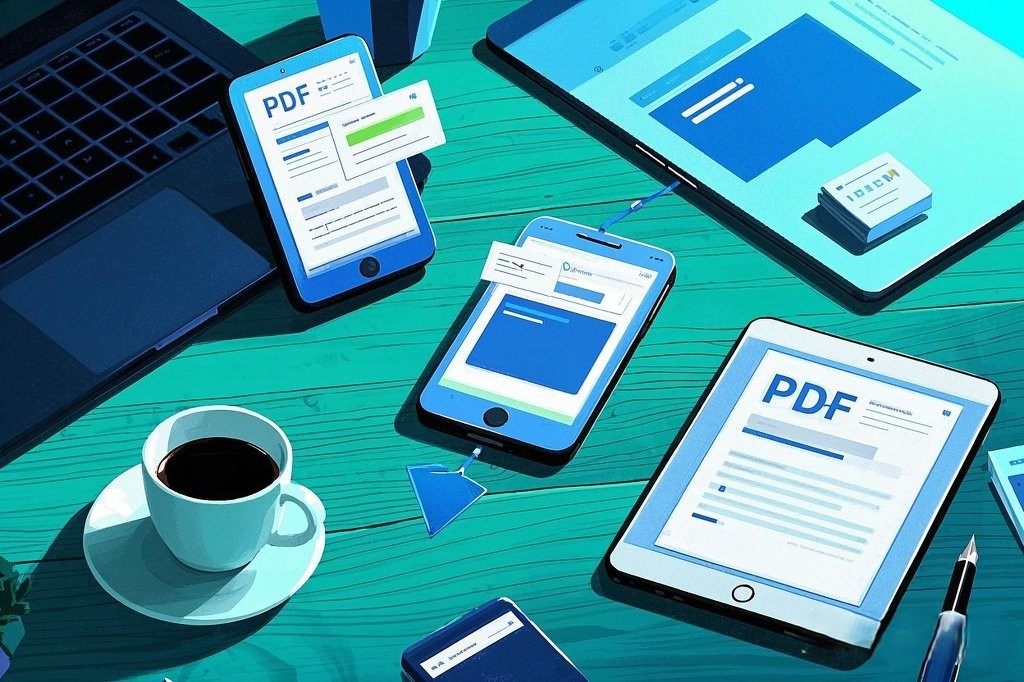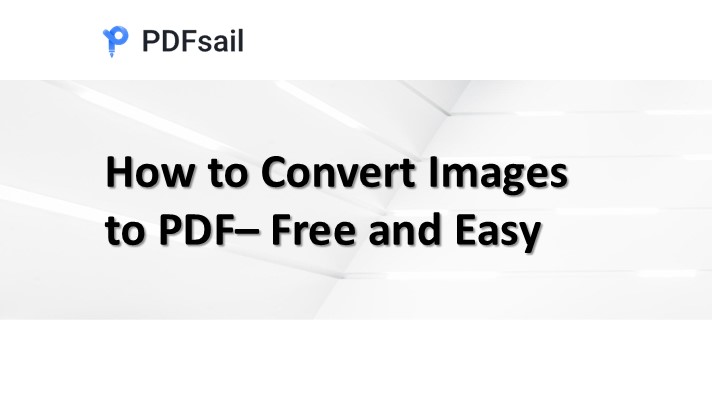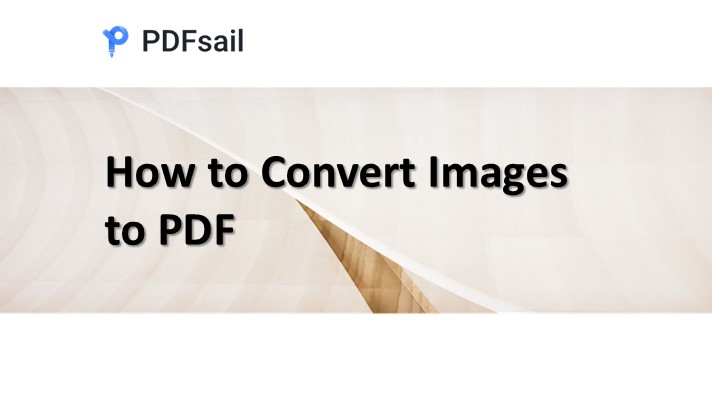In the digital workplace, converting images into a universally accepted format like PDF is often a necessity. Among various image formats, JPEG is one of the most common, and converting it to PDF can help streamline document management, improve file sharing, and enhance security. Whether you're looking to compile multiple images into one PDF or preserve the quality of your photos in a professional document, a JPEG to PDF converter can be an essential tool for everyday office tasks. In this article, we’ll explore the main features of JPEG to PDF converters, their advantages, suitable use cases, and how they compare to other similar tools available on the market.

Why Convert JPEG to PDF?
JPEG files are widely used for storing images, but when it comes to sharing, archiving, or presenting a collection of images in a more professional and organized manner, PDFs are preferred. Here are several reasons why you might want to convert a JPEG to PDF:
-
Professional Presentation: PDFs are ideal for presenting documents in a clean and professional format.
-
Compression and Efficiency: PDFs allow you to compress images, reducing file size while maintaining quality.
-
Secure Sharing: PDFs can be password protected, making them more secure for sensitive data.
-
Easy Printing: PDFs can be easily printed with consistent formatting across devices.
-
Multiple Image Merging: You can combine multiple JPEG images into a single PDF file, simplifying document management.
Features of a JPEG to PDF Converter
A good JPEG to PDF converter should offer a variety of features to ensure ease of use, efficiency, and quality. Some of the main features of these tools include:
1. Image Editing and Optimization
Some JPEG to PDF converters come with built-in editing tools that allow users to crop, rotate, or adjust the brightness and contrast of images before converting them to PDF. This can be especially useful for preparing images for professional documents.
2. Multiple Image Support
Many converters allow you to upload multiple JPEG files and convert them into a single PDF document, enabling you to combine images into one file for easier sharing and storage.
3. OCR (Optical Character Recognition)
OCR functionality can be extremely beneficial when dealing with images that contain text. OCR enables the converter to extract text from images and make it selectable and searchable within the PDF. This is ideal for scanned documents, presentations, or any other images that contain important textual information.
4. Compression
The ability to compress images is a key feature in many JPEG to PDF converters. By reducing the file size, you make the PDF more convenient to share via email or upload to a cloud storage system without compromising the quality of the images.
Advantages of Using a JPEG to PDF Converter
1. Convenience and Time-saving
JPEG to PDF converters are typically very user-friendly, offering a straightforward drag-and-drop interface that allows users to quickly convert their files without requiring technical expertise. Most tools also support batch conversion, saving you even more time when dealing with multiple images.
2. Online Accessibility
Many JPEG to PDF converters are available as online tools, meaning you can access them from any device with an internet connection, whether you're at the office or working remotely. This level of accessibility makes it easier for teams to collaborate and share documents seamlessly.
3. Security
Online JPEG to PDF converters typically ensure that uploaded files are encrypted and not stored permanently, ensuring your data remains secure. Many converters also offer features such as password protection for PDFs, allowing you to control who can view or edit the document.
4. Free Tools
Most JPEG to PDF converters are free to use, at least for basic features. This makes it an affordable option for individuals or small businesses that need to frequently convert images to PDF without investing in expensive software.
Popular JPEG to PDF Converters
Below are some of the top online and offline tools available for converting JPEG to PDF.
以下是一些顶级的在线和离线工具,适用于将 JPEG 转换为 PDF。
1. PDFsail
PDFsail offers a simple, straightforward interface for converting JPEG files into PDF documents. It’s great for users who need a quick, no-frills solution for one-off conversions.
2. Adobe Acrobat
Adobe Acrobat offers a premium solution for JPEG to PDF conversion, with additional features such as editing, OCR, and document protection. Adobe Acrobat is ideal for businesses that require more control over their documents.
Conclusion
Converting JPEG images to PDF format is an essential tool for anyone working in a digital office environment. Whether you're looking to preserve the quality of your images, create professional-looking documents, or simply compress large files for easier sharing, a JPEG to PDF converter can streamline your workflow. With options like PDFsail, Adobe Acrobat, there are plenty of tools available to suit your needs—whether you're a casual user or a business professional.
🔗 Try these tools:
- PDFsail JPEG to PDF Converter
- Adobe Acrobat JPEG to PDF Converter





